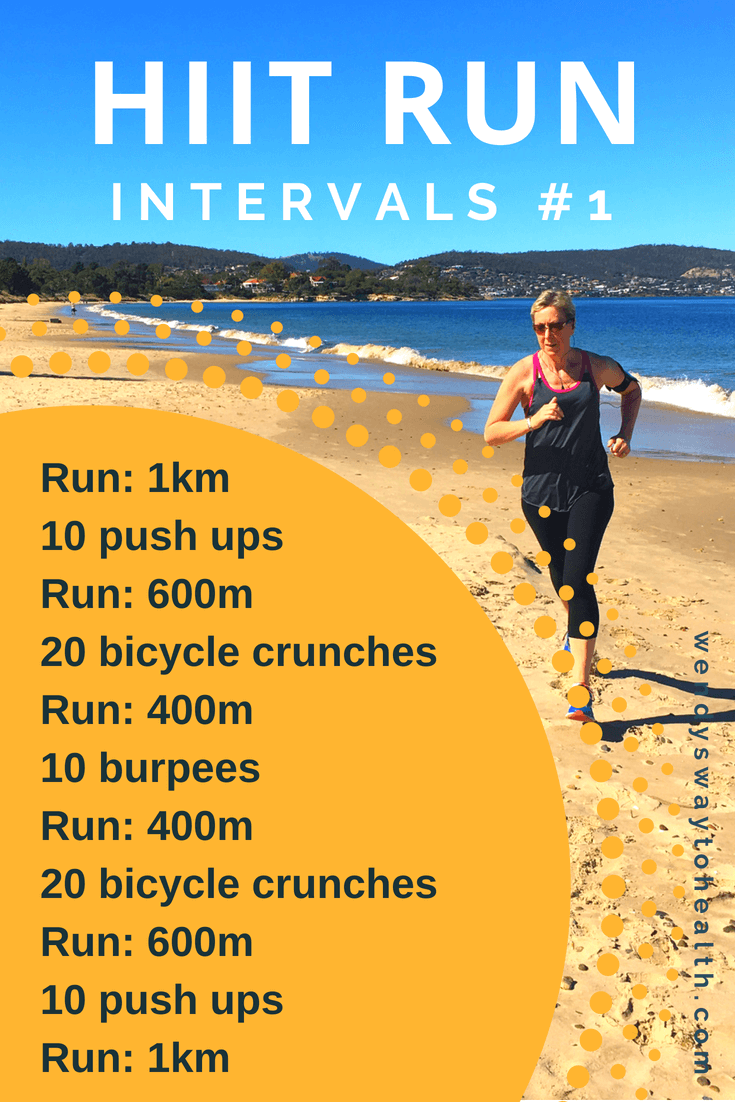Revamp Your Running Strategy: Tips for Enhanced Efficiency
The Ultimate Guide to Taking Care Of Discomfort When Running
Whether you are a seasoned marathoner or simply starting your running trip, recognizing the numerous types of pain that can emerge and the approaches to address them is vital. From pre-run warm-up routines to correct shoes selection, there are numerous variables to think about when it comes to dealing with pain while running.

Recognizing Various Kinds Of Running Discomfort
When running, it is vital to identify in between different kinds of discomfort to stop injuries and optimize efficiency (Read More). One common kind of discomfort that runners might experience is muscle soreness, which usually emerges from the tension placed on muscular tissues throughout exercise. This kind of discomfort is frequently a regular component of the running procedure and can be managed through proper workout, cool-down, and stretching regimens
Another sort of discomfort to be knowledgeable about is joint discomfort. Joint discomfort can indicate concerns such as overuse, improper type, or underlying problems like joint inflammation. Overlooking joint pain can result in extra severe injuries, so it is essential to resolve any discomfort immediately and perhaps seek professional recommendations.
In addition, sharp or stabbing discomforts ought to not be ignored. These types of pain can indicate intense injuries such as pressures, sprains, or tension fractures - running strategy. Proceeding to run via these kinds of discomfort can exacerbate the injury and prolong healing time

Pre-Run Warm-Up and Extending Regular
To prepare the body for a running session, implementing an efficient pre-run warm-up and stretching routine is vital. An appropriate workout assists increase blood flow to the muscles, improves flexibility, and decreases the risk of injury during the run. Begin with dynamic stretches like leg swings, arm circles, and high knees to gradually elevate your heart rate and chill out the muscle mass. Dynamic stretching helps mimic the movements you'll be doing while running, preparing your body for the task in advance. Follow this with fixed stretches concentrating on major muscle mass teams such as the hamstrings, quadriceps, calves, and glutes. Hold each stretch for about 15-30 secs without jumping to advertise muscle mass relaxation and flexibility. Bear in mind to listen to your body and adjust the strength of your workout based on your physical fitness level and any kind of pre-existing problems. By incorporating a consistent pre-run workout and extending regular right into your running regimen, you can maximize efficiency and minimize the threat of discomfort or injury.
Appropriate Shoes Selection and Fit
Picking suitable footwear that fits well is important for runners to stop pain and reduce the danger of injuries. Uncomfortable footwear can result in blisters, black toe nails, shin splints, and other excruciating problems that can impede efficiency and sideline training. When picking operating footwear, it is vital to consider aspects such as foot type, running gait, arch assistance, cushioning, and shoe dimension. running workout. Going to a specialty running store for a stride analysis and expert installation can help make sure that you select the right shoes for your private needs. Running footwear need to offer ample assistance and stability while likewise fitting and light-weight. Additionally, it is recommended to change your running shoes every 300-500 miles to preserve correct padding and browse around this site assistance. Buying high-grade footwear that is appropriate for your running style and foot composition is an aggressive step towards protecting against discomfort and injuries during your runs.
Nutrition and Hydration Tips for Pain Avoidance
:max_bytes(150000):strip_icc()/effective-30-minute-running-workouts-2911891-0927-70272e09ac83449cadb9f1ce51656c0c.jpg)
Hydration is similarly crucial for joggers to stay clear of cramps, dehydration, and various other discomforts that can lead to pain throughout running. By focusing on nutrition and hydration, joggers can boost their performance, lessen discomfort, and enjoy a much more comfy running experience.
Post-Run Recovery Techniques to Alleviate Discomfort
Executing efficient recuperation techniques is necessary for alleviating pain and promoting muscular tissue recuperation after running sessions. One key post-run recuperation strategy is extending. Integrating fixed go for significant muscle groups can help in reducing muscular tissue stress and soreness. Foam rolling is another helpful technique to launch muscle tightness and improve blood circulation to the muscles, aiding in quicker recovery. Additionally, icing sore areas for 15-20 minutes can help in reducing swelling and numb discomfort post-run.
Eating a well balanced snack or dish that consists of protein and carbohydrates within 30 mins of completing a run can aid repair muscle cells and renew energy shops. By incorporating these post-run recovery strategies right into your routine, you can effectively take care of pain and maximize your running efficiency.
Conclusion
Finally, attending to different kinds of running pain via appropriate warm-up, extending, footwear choice, nutrition, hydration, and post-run recuperation methods is important for discomfort prevention and monitoring. By recognizing the causes of discomfort and implementing these methods, runners can lessen discomfort and possible injuries. It is important to prioritize general physical health and wellness to ensure a successful and enjoyable running experience.